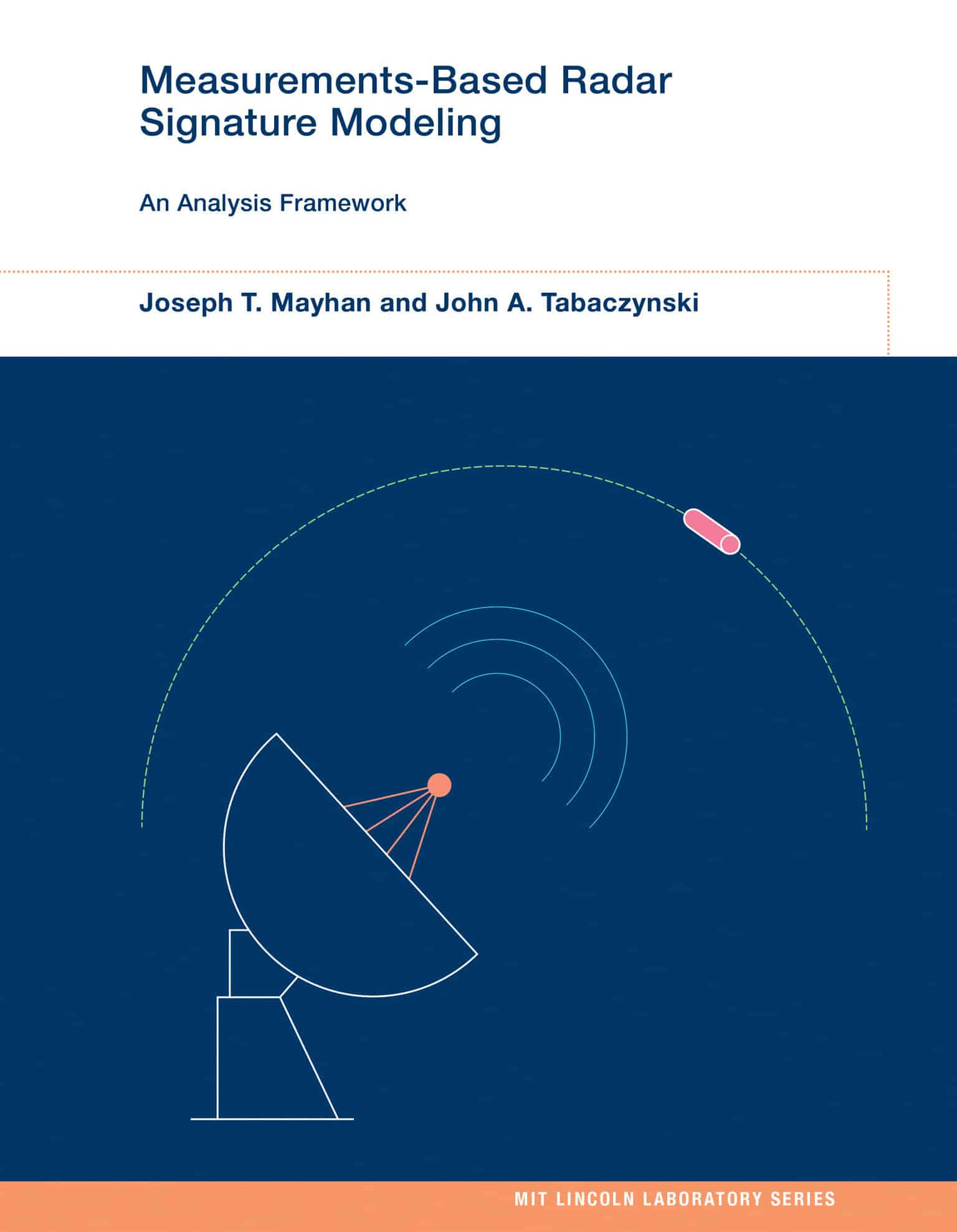Measurements-Based Radar Signature Modeling: An Analysis Framework
90.00 JOD
Please allow 2 – 5 weeks for delivery of this item
Add to Gift RegistryDescription
A high-level text that synthesizes diverse research areas for characterizing objects (targets) from radar data and establishes a novel analysis framework for a class of signal processing techniques useful for high-resolution radar signature modeling.The only text to integrate a diverse body of work on characterizing objects (targets) from radar data into a common analysis framework, this book brings together the results of research papers and technical reports providing improved resolution and precision in radar target signature modeling and target motion solutions. It offers comprehensive coverage related to basic radar concepts, signal representation, and radar measurements; the development of advanced analysis tools essential for high-resolution signature modeling; the development of novel wideband and narrowband radar imaging techniques; the application of 2D spectral estimation theory to wideband signal processing; ultra-wideband scattering phenomenology and sparse-band sensor data fusion; and the integration of field measurements into the radar signature modeling process. The analysis techniques developed in the text provide the framework for a novel approach, called measurements-based modeling (MBM), to model target signatures by incorporating measurement data into the signature model of the target. Extensive examples throughout compare the performance of the new techniques with that of conventional analysis techniques.The first systematic, comprehensive synthesis of wide-ranging research areas for characterizing targets from radar data A deeply researched, lucid presentation enriched by extensive illustrations and examples An essential reference for experts in radar and signal processing, professional engineers in related fields, and graduate students
Additional information
| Weight | 1.1 kg |
|---|---|
| Dimensions | 3.7 × 18.8 × 23.7 cm |
| PubliCanadation City/Country | USA |
| Author(s) | |
| Format Old` | |
| Language | |
| Pages | 512 |
| Publisher | |
| Year Published | 2024-5-14 |
| Imprint | |
| ISBN 10 | 0262048116 |
| About The Author | Joseph T. Mayhan is a Senior Staff Member at MIT Lincoln Laboratory, where he has worked for fifty years, formerly as Group Leader of the Sensor Systems and Measurements Group. The late John A. Tabaczynski served as Assistant, Associate, and then Leader of the Ballistic Missile Defense Analysis division at MIT Lincoln Laboratory, where he worked for over fifty years. |
| Table Of Content | PrefaceIntroductionPART I BACKGROUND, SIGNAL MODELS, AND PROCESSING TOOLS1 Background2 Target Signature Modeling and the Role of Sequential Estimation Processing3 Acceleration Estimation: Extending the All-Pole Model4 Autocorrelation Measures and Signal CoherencePART II THE JOINT TARGET-MOTION ESTIMATION PROBLEM5 A Solution Framework for the Joint Target-Motion Estimation Problem 6 Narrowband Signature Modeling Techniques7 Interferrometric ISAR8 Motion Estimation Techniques9 Joint Motion and 2D/3D Characterization of Tumbling Targets10 Joint Target-Motion Solution from Range-Only DataPART III DATA EXTRAPOLATION AND SENSOR FUSION PROCESSING11 Multisensor Fusion and Mutual Coherence12 Data Extrapolation and the Composite Target Space Mapping13 Colocated Sensors: Sparse Frequency Band Processing14 Signature Modeling Using Sparse Angle DataPART IV MEASUREMENTS-BASED RCS SIGNATURE MODELING15 An Integrated Predictive/Measurements-Based RCS Signature Model16 Component Modeling Using Measurement DataAcknowledgmentsAppendix A: Characterization of Torque-Free Euler Rotational MotionAppendix B: 2D Spectral Estimation: A State-Space ApproachAppendix C: 2D Spectral Estimation: An ESPRIT ApproachAppendix D: Location Estimation Using Target Space Filters for {Rn, Rn} ObservablesAppendix E: Acceleration Estimation MATLAB Code and Input ParametersAppendix F: Integrating Static Range and Field Test Measurements into a Computational, Measurements-Based Signature ModelAppendix G: A Polynomial Filter Estimate of Scattering Center AccelerationReferencesContributorsAbout the AuthorsIndex |
| series |
Only logged in customers who have purchased this product may leave a review.






Reviews
There are no reviews yet.